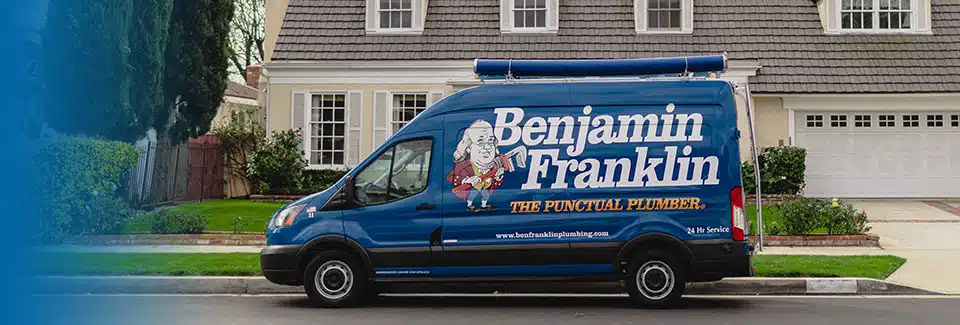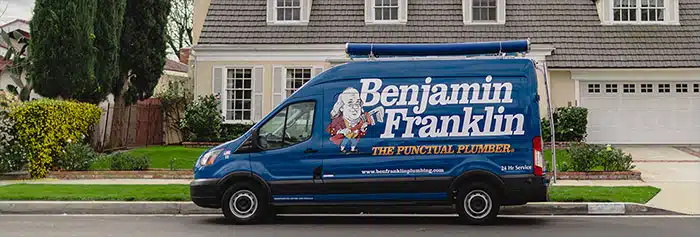In order to repair a leak underneath the kitchen sink, you must first identify the source. To do so, you need to remove all items from underneath the sink cabinet. Use a flashlight to see the area. Next, you need to apply caulk to the affected area. You can also use a vacuum to remove the clog.
Disassembling a sink strainer
To fix a leaky kitchen sink, you will need to disassemble the sink strainer and inspect it for buildup around the opening. If you notice any areas of dry putty or other residue around the opening, clean them with a wet sponge. After cleaning the drain, reinstall the strainer and test it again.
The leak will continue to deteriorate if you leave it unattended. The most common cause of a leak under a kitchen sink is the strainer. The body of the strainer may be loose or cracked, causing water to leak into the base of the sink. If you don’t find a leak quickly, the leak can cause damage to the sink’s base.
Identifying a leak
The first step to troubleshooting a leaky kitchen sink is to check for any signs of damage. Look for water-soaked paper towels, drops of water on your cleaning supplies, or other traces of water. Large leaks will be obvious, and you may also see signs of corrosion. However, a small leak can be harder to spot. Water can get on many parts of the sink, and it is difficult to determine exactly where it is coming from.
Another common cause of kitchen sink leaks is a loose water supply connection. This can occur due to corroded gaskets, and can cause a leak. Once you’ve determined the area where the leak is, plug up the drain and turn the water back on. The water won’t drain unless the pipe connection is tightened. Also, make sure its not an old angle stop valve leak.
Applying caulk
When repairing a leaky kitchen sink, the most common solution is to apply caulk to the leaky spot. Caulk is a clear or tinted liquid used to seal joints. There are different types of caulk available, including silicone and latex. Before you apply caulk, make sure the area is completely clean. You may want to use hand sanitizer or white vinegar to clean the leaky area. You should also use a cloth that is soaked in alcohol and wipe it down. You can also use painter’s tape to create a clean line. Once the area has been thoroughly cleaned, pull the caulk along the sink.
After applying caulk, you should clean the area with rubbing alcohol to remove any debris or potential contaminants. Make sure to wipe the area around the sink and the edge of the counter. You should also lift the sink up to reach the nooks and crannies.
Using a Vac to unclog a kitchen sink
If you’re experiencing a slow sink drainage problem, a wet/dry shop vac may be your best bet to clear out a clogged drain. It works much like a plunger, but with added force. You can also use a plumber’s drain snake to clear a clogged drain. These devices are easy to use and can unclog a sink quickly and cheaply.
For more severe clogs, a wet/dry vac is the best option. This type of vac is not common in the home, but it can be a great tool for drain cleaning. To use it, set it to the “wet” setting, seal it over the drain, and turn it on high.
If you have a leaky, clogged, or leaking kitchen sink contact our Phoenix Plumbers at Ben Franklin Plumbing AZ for help.





